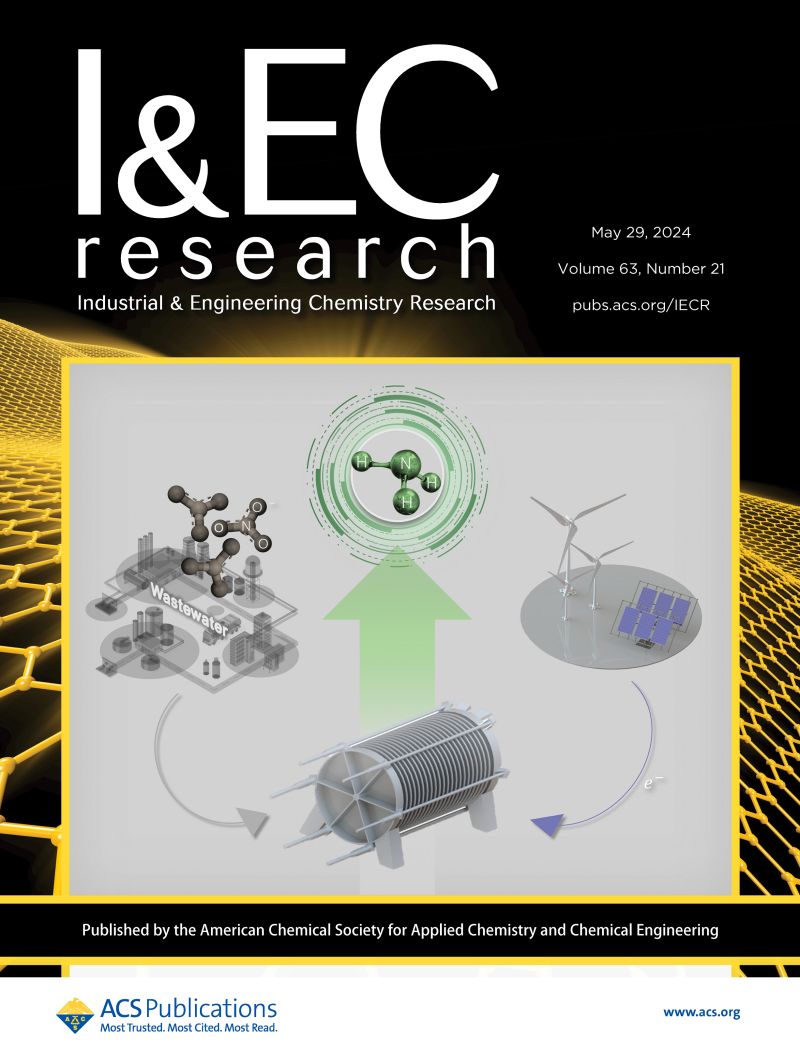Carbon Reduction Strategy for the Growth of Ni Nanoparticles on Binary TiO2–Al2O3 for CO2 Methanation
IF 3.8
3区 工程技术
Q2 ENGINEERING, CHEMICAL
引用次数: 0
Abstract
Achieving targeted activity and stability in heterogeneous catalysts by concurrently increasing the number of metal active sites and reducing particle size remains a significant challenge. Herein, we effectively design a robust Ni catalyst through a reduction–oxidation–reduction (ROR) strategy, involving an initial carbon reduction, followed by oxidation and a final H2 reduction. The structural evolution of different Ni features was monitored at each stage. Strong metal–support interaction and encapsulated structure on the initially carbon-reduced Ni catalyst were formed and presented inferior CO2 methanation activity. Notably, a high Ni loading of 14.8 wt % on the binary TiO2–Al2O3 support, obtained by the ROR approach, possessed a small particle size of 12.3 ± 3.4 nm and tailored interactions between Ni and the support. Compared to a low-loading Ni/TiO2–Al2O3, the high-loading Ni catalyst exhibited superior activity and stability as well as low active energy for CO2 methanation. The origin for the enhanced catalytic performance was discussed based on the available Ni active sites and metal–support interaction.

求助全文
约1分钟内获得全文
求助全文
来源期刊

Industrial & Engineering Chemistry Research
工程技术-工程:化工
CiteScore
7.40
自引率
7.10%
发文量
1467
审稿时长
2.8 months
期刊介绍:
ndustrial & Engineering Chemistry, with variations in title and format, has been published since 1909 by the American Chemical Society. Industrial & Engineering Chemistry Research is a weekly publication that reports industrial and academic research in the broad fields of applied chemistry and chemical engineering with special focus on fundamentals, processes, and products.
 求助内容:
求助内容: 应助结果提醒方式:
应助结果提醒方式:


